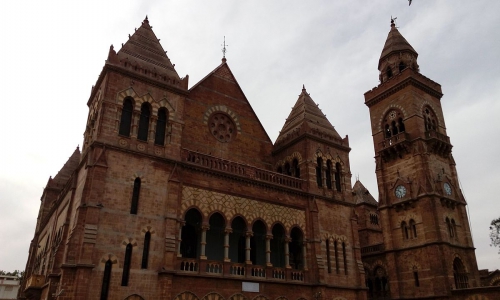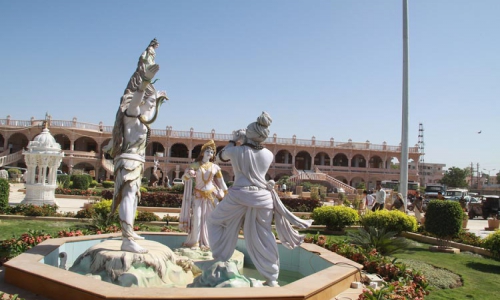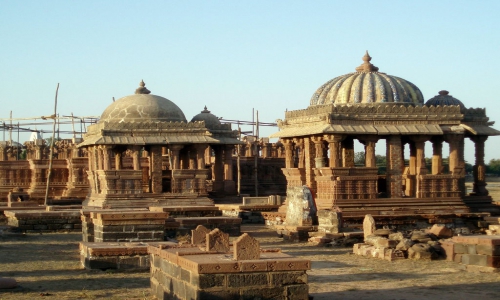Life time experiences
Life time experiences
Kutch has had four thousand years of inhabitation to build up a long and complex history, especially of its capital, Bhuj. The word kutch means “island” in classical Sanskrit, referring to the fact that in antiquity, the Ranns (meaning deserts) of Kutch were submerged by the Indus River flowing into the sea, leaving the area isolated by an immense shallow body of water. In 1819 an earthquake changed the topography and the Indus began to flow further westward, leaving the Ranns (now separated into the Great Rann and Little Rann) as a vast desert of saline flats. During heavy rains, the Ranns still flood, leaving islands, known as beyts, such as Khadir.
Some historians and archaeologists posit that the Harappans (also known as the Indus Valley Civilization) crossed the region by land, from the Indus River to the Sabarmati. Others doubt this, saying that the Ranns would have been permanently underwater at that time and crossing the deserts from Sindh would have to have been done further north. Either way, Harappan artefacts have been found in Khadir, making it one of the longest-inhabited regions of India.



